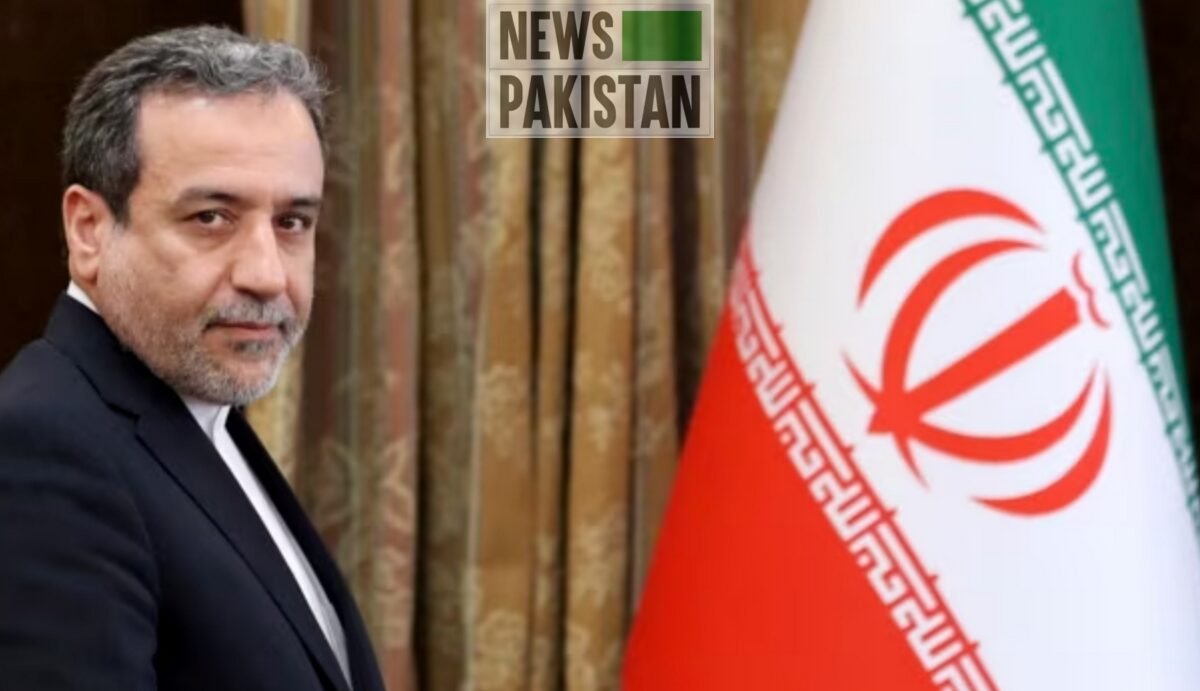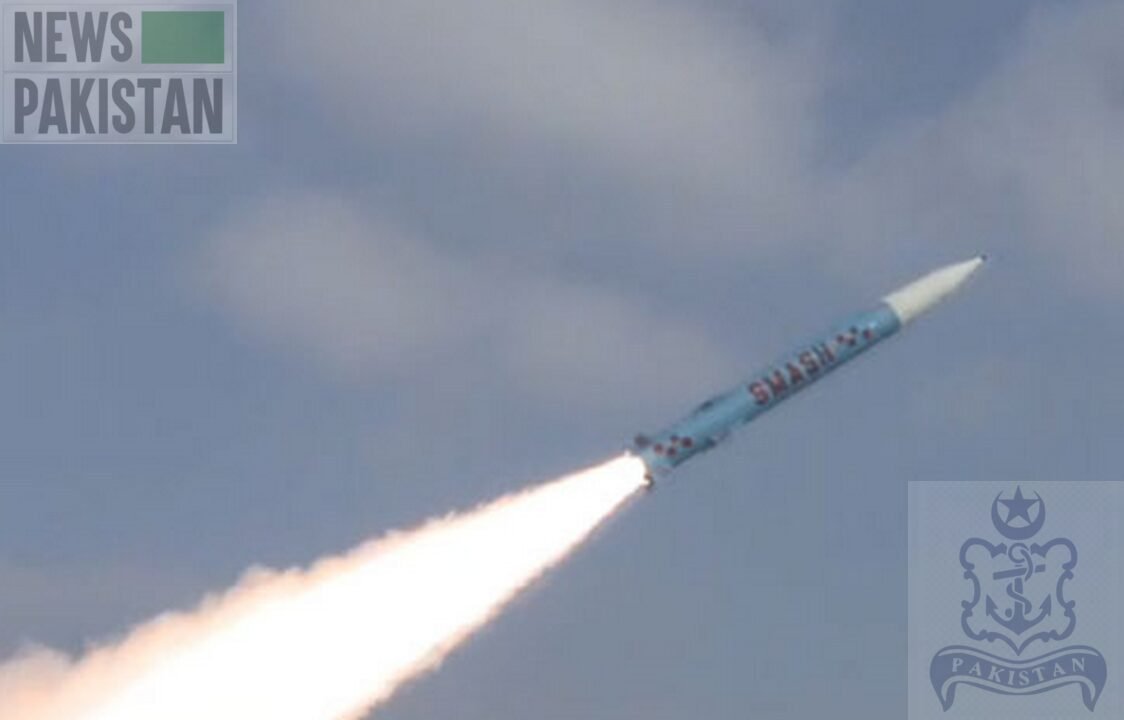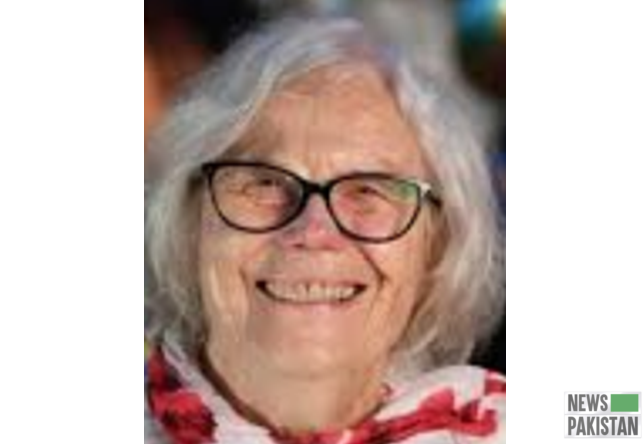WASHINGTON: Sue Finley began work at the Jet Propulsion Laboratory as the US prepared to launch its first satellite into orbit in 1958, racing to match the Soviet Union, which had accomplished the feat months earlier.
Now 82, she is one of NASA’s longest-serving women, starting out as one of its “human computers,” whose critical yet long-hidden contributions to the space program, including the Apollo missions to the Moon, are finally being recognized.
Finley had dropped out of college and joined a group of mathematically gifted individuals, overwhelmingly women, whose job it was to solve the complex equations thrown at them by rocket scientists before electronic computing became affordable and reliable.
Neil Armstrong may be remembered for his “giant leap for mankind” when he stepped out onto lunar soil a decade later, but it was the work of these women that helped hone the rocket, invent the propellant, and develop the global antenna network that allowed viewers to watch the crew’s famous live broadcast.
Finley’s story, like many of the other “computers,” is one that speaks to the many challenges faced by women of the time.
app











